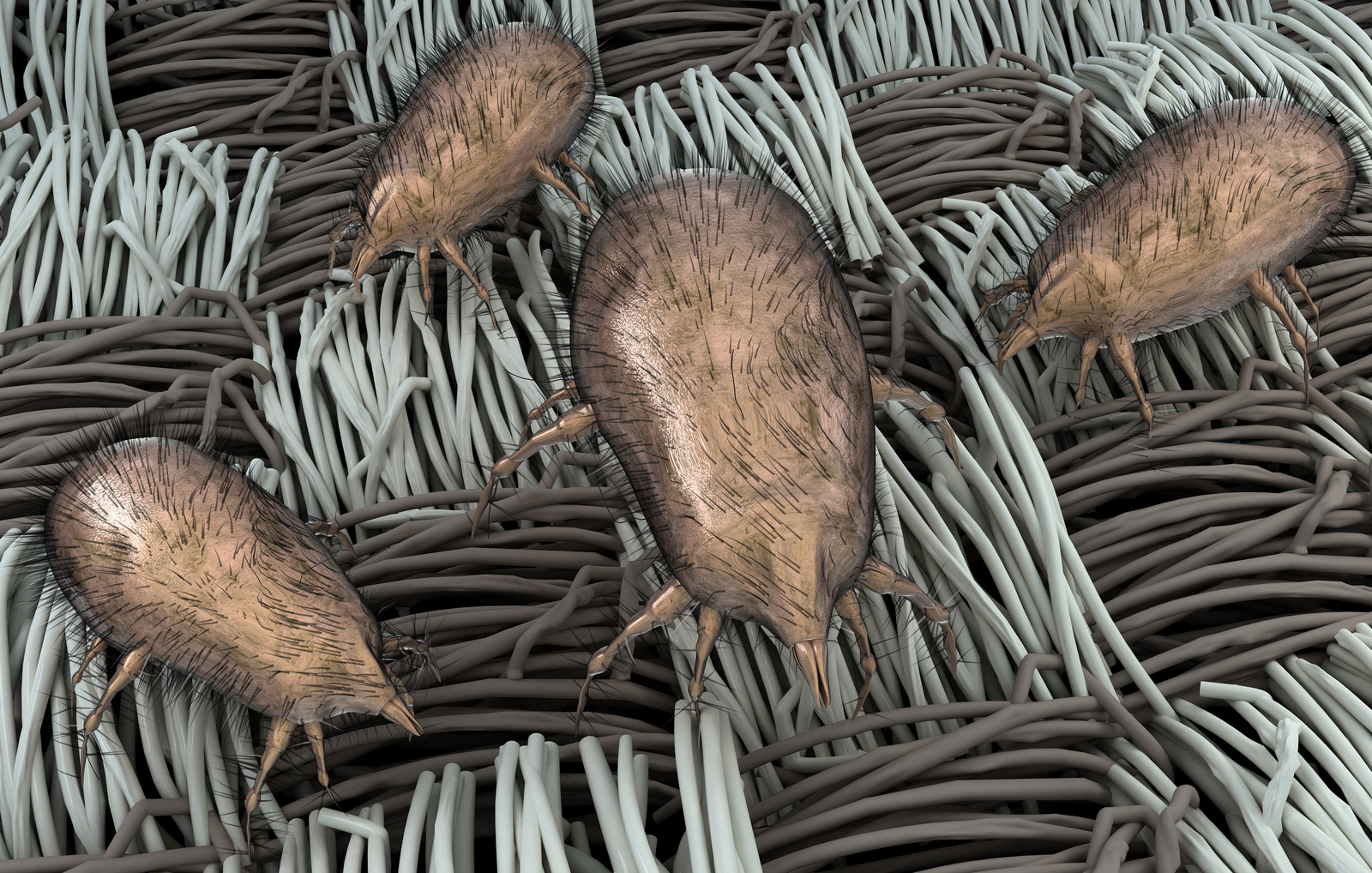How to Keep Indoor Allergens at Bay Using an Air Filter?
When weather forces you to stay at home, you may be exposed to different indoor allergens. Without knowing, pet dander, mold, dust mites, or pollen may spread inside your house and cause various symptoms.
From itchy eyes to sneezing and seasonal hay fever, some allergies stay for longer than you would like. You can control the spread of allergens and their negative impact on their health by changing the air filters to https://filterking.com/air-filter-sizes/20x30x1 in your home air system.
According to EPA guidelines, you need to improve your home’s indoor air quality to reduce contact with airborne allergens lurking in the nooks and corners. Air cleaners and proper ventilation are also essential.
Reports say nearly 8 out of every 10 Americans are prone to allergies caused by dust mites, while cockroaches are responsible for several allergies in people living in the inner cities. So, clean air inside your home is a necessity.
Can Air Filters Help in Cleaning Indoor Air Quality
For making your home allergen-free, the first step is to find their sources and take measures to remove them. Increase the inflow of outdoor air inside your home and take steps to reduce humidity. Your HVAC system can help to keep these allergens at bay if you change its air filters regularly.
Air filters such as https://filterking.com/air-filter-sizes/20x30x1 create a protective layer in the HVAC system to prevent allergens from entering your home environment. You can breathe fresh and clean air if airborne allergens stay out of your home. Air filters absorb these particles and trap the allergens away.
Selecting the Right MERV Ratings in Air Filters
When buying air filters for your HVAC system, it is essential to look at their MERV ratings. It refers to the minimum efficiency rating value of the device, which helps to determine the efficiency of the filter in removing particulate matter from the environment.
MERV ratings are usually given in numbers from 1-20, depending on the type of allergens they fight. For example,
- MERV 1-4 filters can remove large particles like dust mites, dust, pollen, textile fibers, and carpet fibers.
- MERV 5-8 filters can remove hair spray and mold spores.
- MERV 9-12 filters are designed to capture lead dust, exhaust fumes, and some bacteria.
- MERV 13 and above can remove all types of bacteria and tobacco smoke from your home.
How Does Air Filter Help in Controlling Allergens?
When it comes to creating an allergy-free home environment, your HVAC system will recirculate the indoor air to remove contaminants and improve air quality. Here, air filters with MERV ratings of 10 and above are more effective. You can take consultation from the installer about choosing a filter that allows airflow adjustments and other specifications.
Keeping the filter clean is also essential to improve indoor air quality. Ideally, change it every 1-3 months before dirty filters exert more pressure on your HVAC system. When the filter is dirty, your unit has to compensate blockages in the airflow by using more energy and spiking your utility bills.
Also, look at the quality and size of filters to make the right selection. An average home needs a filter size of 20x30x1 in its HVAC systems to keep it clean.

